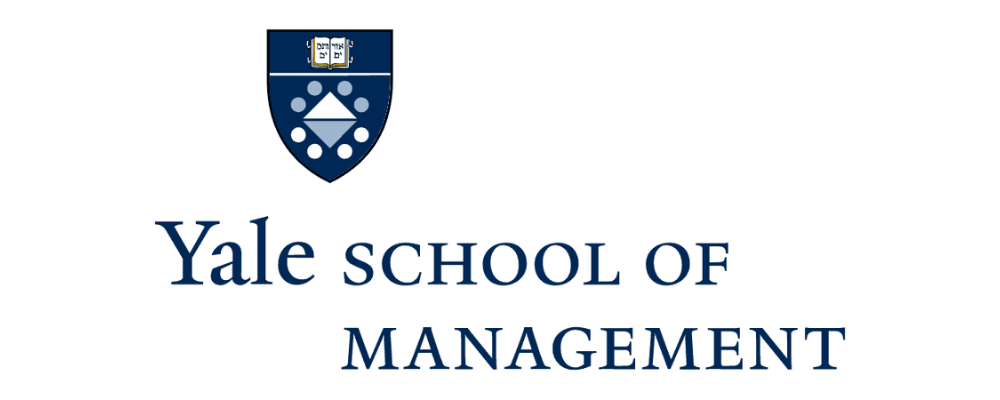
This essay was originally published on TIME.
The rousing performances by Vice President Kamala Harris and Governor Tim Walz, along with the Obamas, the Clintons, Oprah, and many others, at the Democratic National Convention marked a pivotal moment in the 2024 presidential election. Now that both political parties have formally introduced their candidates to America and voters steadily begin to turn their attention to the election, the Democratic and Republican political machines will shift their operations to full speed—complete with door-knocking, stump speeches, campaign commercials, and, of course, the beloved attack ads.
Many voters may have already been exposed to these machinations. One such topic that has been circulating among some media pundits is a critique of the Minnesota economy under Governor Walz. What seems to be overlooked or, at best, mentioned off-hand is the fact that Minnesota has been repeatedly rated as one of the best states for living and doing business.
In the CNBC Top States for Doing Business rankings, the “Land of 10,000 Lakes” was rated as the sixth best state. CNBC cites advantages in infrastructure (5th best state), quality of life (4th), access to capital (12th), and tech and innovation (12th). More notably, Minnesota has been in the top 10 of the rankings for the entirety of Walz’s term.
CNBC is not the only source of glowing reviews for Minnesota. U.S. News & World Report has also consistently rated the state in the top five best states dating back to the start of Walz’s first year in office. Taken together, these two independent sources show at the state level what so many CEOs know that doing good is not antithetical to doing well. This is nothing new to the business leaders of Minnesota. They have long embodied this attitude of corporate responsibility. In 1907, George Draper Dayton, founder of the business that would become Target Corporation, set aside 5% of pretax profits for charitable gifts. After the post-World War II era, several other companies in the state embraced the practice, and, eventually, the Minneapolis Chamber of Commerce established the Five Percent Club to embed the philanthropic spirit in the business community.
Perhaps, this even explains how Walz has managed to keep the leaders of some of the largest businesses in the world in place, despite the state having the highest corporate income tax rate in the U.S. The Minneapolis-St. Paul Metro Area holds the third most Fortune 500 companies per capita nationally, home to iconic American brands, such as 3M, General Mills, U.S. Bancorp, Target, and Best Buy; not to mention leading organizations including Cargill and Mayo Clinic.
Governor Walz can also draw on hard economic data to back up the continued progress under his tenure. Minnesota boasts a triple A credit rating, nation-leading renewable energy generation, one of the highest real median household incomes, and, per our proprietary research, the third best investment return of state pension funds over a 10-year period.
The Minnesota economy, like any other state, does have opportunities for improvement, but its performance should be presented in a holistic context. Real GDP growth for 2023 did underperform against national growth as well as neighboring states. However, each state is often subject to its native industries and companies, and with that comes idiosyncratic ebbs and flows in performance. For instance, in the last two quarterly reports for real GPD growth, the Midwest as a region underperformed the national rate. Yet Minnesota still fared better than most of its neighbors, including North Dakota, South Dakota, Nebraska, and Iowa.
Net migration and population change is another closely monitored metric for states. Minnesota has seen mixed results for both. While domestic net migration was negative in 2023, total net migration, which includes international migrants, was positive and returned to the typical numbers seen before the pandemic. The effects of COVID-19 and an aging population cannot be ignored, either. With many Baby Boomer’s retiring early and remote-based work becoming a norm, migration to the warmer weather state of Florida was a reality faced by many states and one in which no governor found an immediate remedy.
Walz is well aware of these matters. Despite many partisan commentators labelling him as a far-left progressive, he has received praise by business leaders for successfully investing into workforce development and education, business expansion, public infrastructure, and affordable housing.
So, when voters begin to ask is Walz’s economic agenda one to model? The resounding answer is “you betcha!” While much of the economic agenda by the Harris-Walz campaign remains to be announced, the major policies have begun to trickle out. Admittedly, they will not be perfect, but the policy positions of candidates in both parties will never meet the expectations of even their most ardent followers.
What is important—no matter their political party affiliation—is the candidates’ ability to lead with honesty, integrity, and intelligence for all Americans, including business and society. In fact, these were the values of the original American progressive spirit that was founded in Minnesota exactly a century ago, supported by leaders across both the public and private sectors. The selection of Governor Walz reminds us of the values and characteristics that have defined America in the past and define Harris today.
Milton Friedman, the great advocate of laissez-faire economics, might have said it best in the oft cited but rarely read essay from September 1970: “It may well be in the long‐run interest of a corporation that is a major employer in a small community to devote resources to providing amenities to that community or to improving its government.” Friedman may have been on to something—his is a message worth remembering as America enters the high season of the election cycle.
“The Yale School of Management is the graduate business school of Yale University, a private research university in New Haven, Connecticut.”
Please visit the firm link to site



